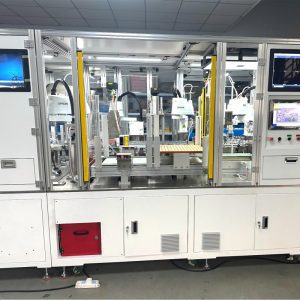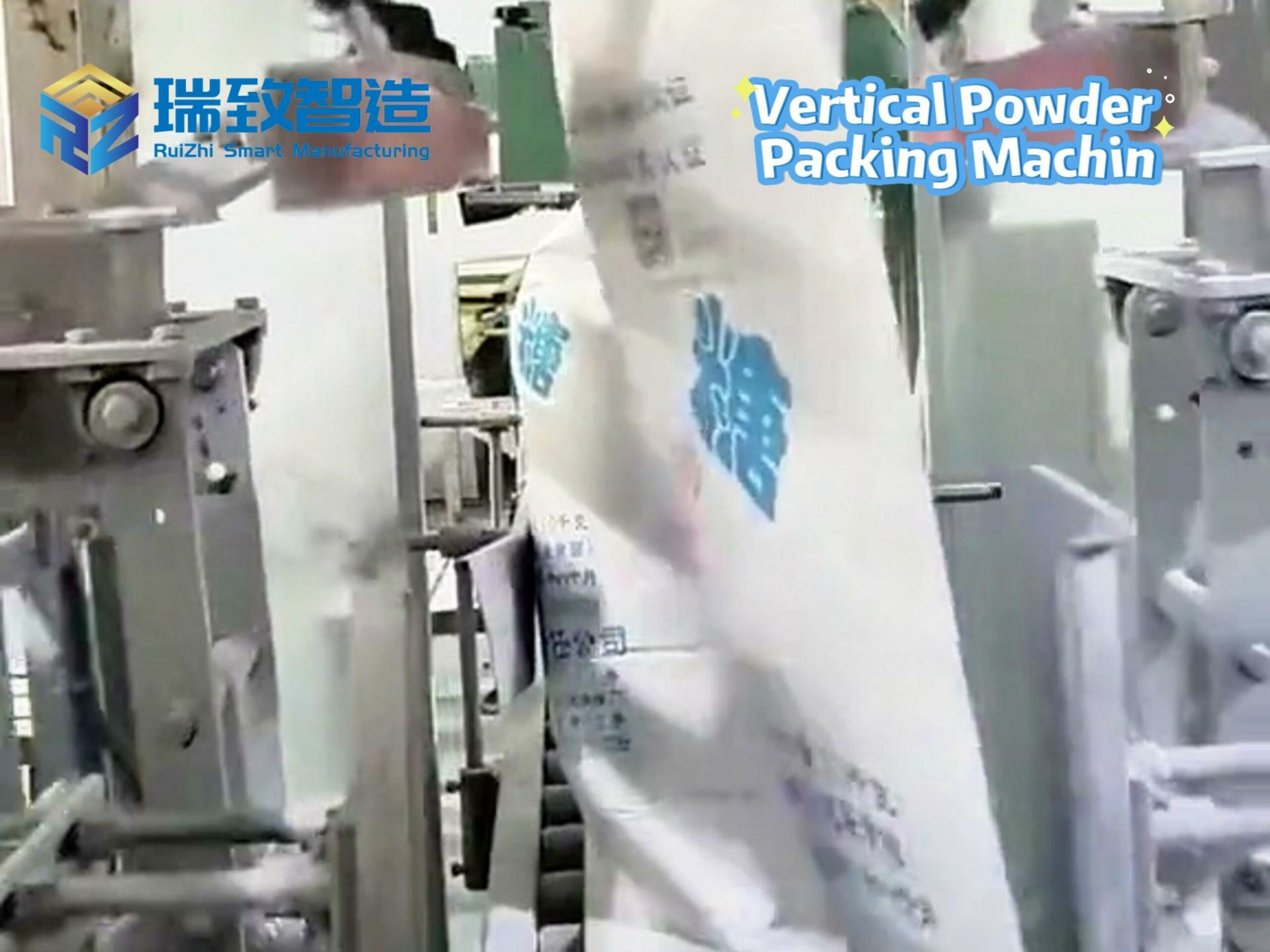Robotics System Integration Market Trends

In an era where technological in
novation is revolutionizing every aspect of global industries, the robotics system integration market has emerged as a pivotal force driving the transformation of modern production and operations. In 2024, the global robotics system integration market size was valued at an impressive USD 74.56 billion, and it is set to embark on a remarkable growth trajectory, projected to expand at a Compound Annual Growth Rate (CAGR) of 9.6% from 2025 to 2030. This substantial growth is a testament to the increasing prevalence of industrial automation, which is fundamentally reshaping the global production landscapes. As businesses across the spectrum, from large multinational corporations to small and medium – sized enterprises, strive to achieve higher levels of efficiency, unrivaled precision, and enhanced scalability, robotics system integrators have become the linchpin in connecting the dots between cutting – edge robotic technologies and the practical requirements of real – world manufacturing and service sectors.
The robotics system integration market is witnessing robust growth as industrial automation continues to reshape global production landscapes. As companies strive for greater efficiency, precision, and scalability, robotics system integrators play a crucial role in bridging the gap between advanced robotic technologies and real – world manufacturing needs. These integrators are responsible for tailoring end – to – end automation solutions – ranging from robotic arms and conveyor systems to sensors and AI – powered controllers – ensuring optimal performance within existing infrastructure.
Industries such as electronics, packaging, automotive, and heavy machinery are increasingly adopting robotics integration to streamline operations, improve quality control, and reduce downtime.Automated quality inspection equipment for sanitary ware assembly, shower head assembly equipment, bathroom fixture assembly equipment, toilet assembly production lines, etc. In the automotive field, there are contactor assembly machines, fuse assembly machines, etc. Furthermore, the need for customization, system interoperability, and post – deployment support further amplifies the demand for experienced system integrators.
The robotics system integration industry is strongly driven by automation in the automotive sector. Robotic arms and autonomous systems are being integrated for welding, painting, and assembly processes in car manufacturing plants. Automakers are investing in customized robotic integration to meet production and quality standards. Integrators play a pivotal role in linking robots with sensors, vision systems, and control software for vehicle production lines. This trend is expected to grow as electric vehicle production further accelerates automation needs.
The boom in e – commerce has directly impacted on the robotics system integration industry through demand for warehouse automation. Fulfillment centers are adopting robotics for picking, packing, and sorting, requiring integration with inventory management and logistics software. System integrators are designing solutions that enable fast and accurate order processing. The need for flexible, scalable systems in dynamic environments fuels growth in integration services. This trend is expected to continue with the rising pressure for next – day and same – day deliveries.
Advanced vision systems and sensor technologies are revolutionizing the robotics system integration industry. Robotic solutions now require precise integration of cameras, LiDAR, and proximity sensors to function in complex environments. Integrators are instrumental in calibrating and syncing sensory data with robot behavior for accurate operations. This is particularly vital in quality inspection, material handling, and autonomous navigation applications. As sensory technologies evolve, integration complexity increases – further emphasizing the role of system integrators.
The robotics system integration industry is expanding beyond large enterprises as SMEs adopt robotic automation. Lower hardware costs and service – based integration models make robotics accessible to small businesses. Integrators offer cost – effective, lightweight automation setups tailored to smaller operations. This democratization of robotics integration broadens the market and encourages innovation across various sectors. SMEs now contribute significantly to market growth and integration demand.
The explosive growth of e – commerce and just – in – time delivery models is fueling demand for robotics integration in logistics and warehousing. Integrators are deploying automated guided vehicles (AGVs), robotic picking arms, and autonomous mobile robots (AMRs) to optimize inventory handling, order fulfillment, and shipping processes. Companies like GreyOrange, Locus Robotics, and Geek+ are emerging as key players with specialized logistics automation technologies. Robotics system integrators are now tasked with creating seamless, scalable solutions that integrate with warehouse management systems and cloud platforms. This trend underscores the critical role of robotics in addressing labor shortages, speeding up operations, and reducing logistics costs.
In conclusion, the robotics system integration market is not just experiencing growth; it is at the forefront of a paradigm shift in global industrial and commercial operations. The trends witnessed in sectors like automotive, e – commerce, and logistics, along with the continuous evolution of technologies such as vision systems and sensors, are propelling the market forward. The inclusion of SMEs in the robotics automation fold has further diversified and broadened the market’s reach. As we look towards the future, robotics system integrators will remain indispensable, facing the challenge of integrating even more complex and advanced technologies. They will need to adapt to the ever – changing needs of industries, creating innovative solutions that are not only efficient but also sustainable. The growth of this market is not only a boon for the robotics and automation industry but also has far – reaching implications for the global economy, potentially redefining the way businesses operate and compete on a worldwide scale.




















